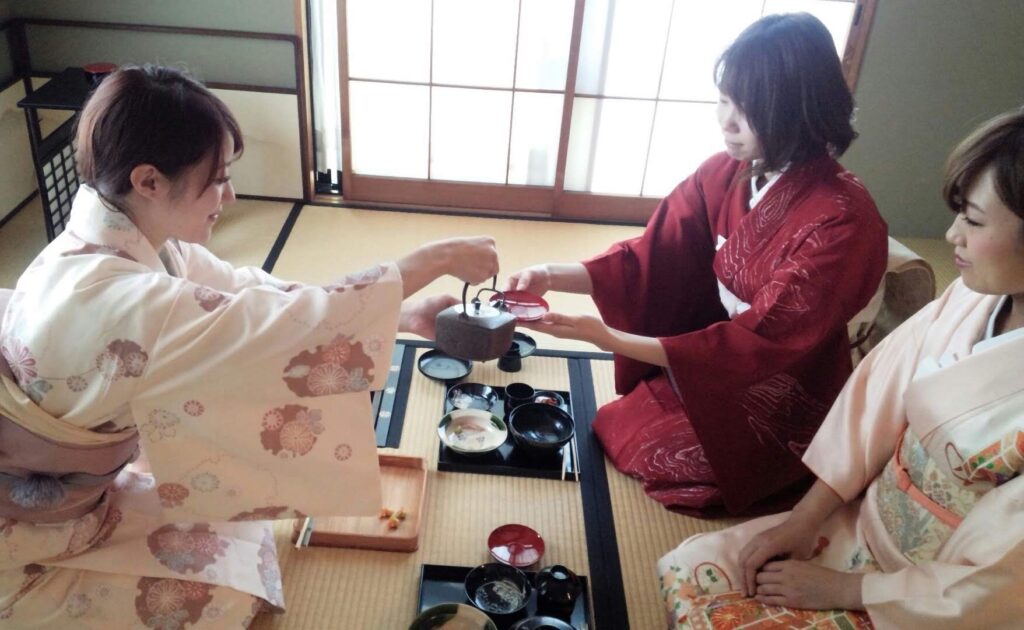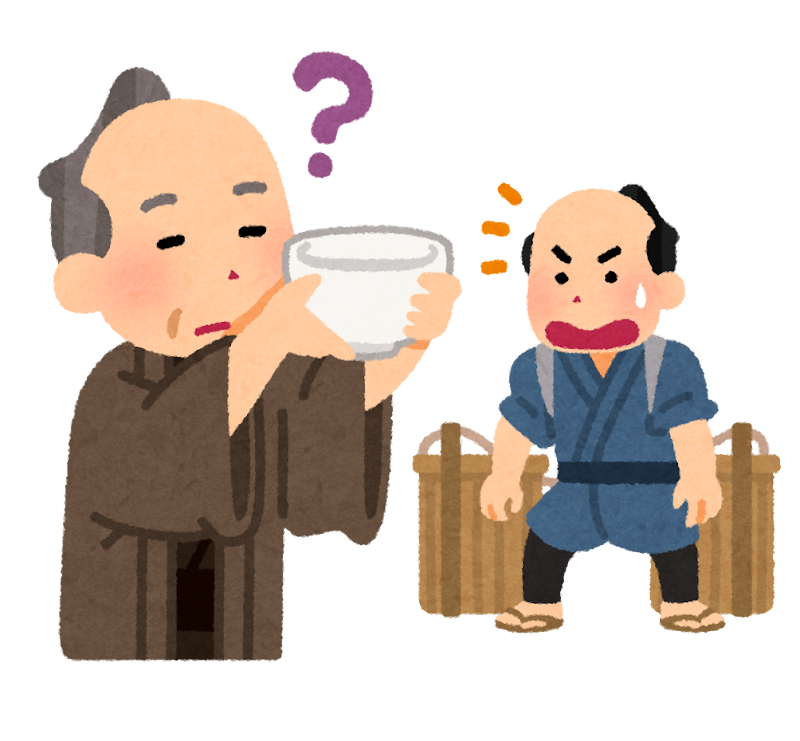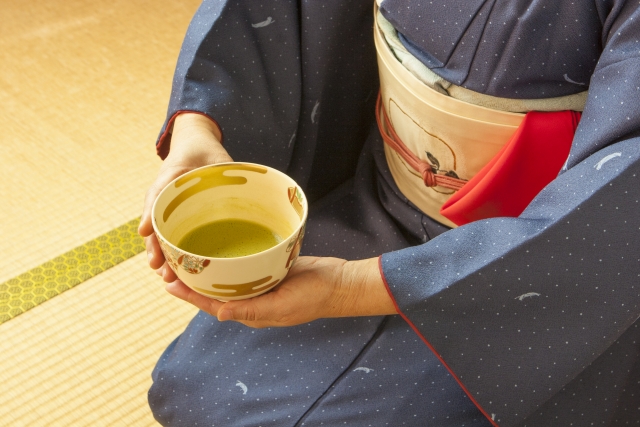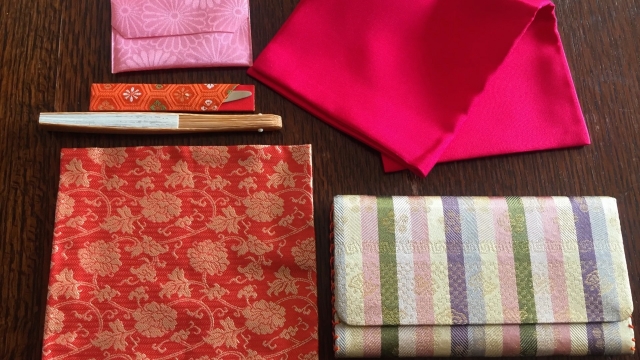A Tea Master Explains How to Combine Kimono and Obi Ranks
To wear a kimono beautifully, it is important to match the rank of the kimono and obi. In particular, tea ceremony practice and tea ceremonies require appropriate attire for the occasion. In this article, we will explain the basic combinations of ranks of kimono and obi in an easy-to-understand manner for beginners.
1. what is the rank of kimono?
Kimono ranks are listed in the following order from highest to lowest:
- Tomesode (one crest, three crests, five crests)
- Visiting Kimono
- Tsukebake (a type of kimono worn over a kimono)
- Shikimochi (kimono without color)
- Komon
- Tsumugi (pongee)
Characteristics and uses of each kimono:
- Tomesode: The most prestigious type of kimono, worn for formal occasions such as weddings and ceremonies.
- Visiting Kimono: Semi-formal wear, used for parties, ceremonies, tea ceremonies, etc.
- Tsukebake: Kimono for semi-formal occasions
- Iro-musubi: Best for tea ceremonies and practice
- Komon: Can be worn casually as everyday wear
- Tsumugi: Most casual and used for daily wear
What is the rank of obi?
Obi, like kimonos, have different ranks:
- Fukuro obi (the most prestigious)
- Nagoya obi (semi-formal)
- Half-width obi (casual)
Obi rank varies depending on the material and weaving method:
- Pure silk > mixed weave > synthetic fiber
- Gold and silver threads are the most prestigious.
- TSUZURE and KARAORI are more prestigious. 3.
3. basic combination rules
The following combinations are the basic rules to remember:
Correct combination
- Tomesode ➡ Fukuro obi
- Visiting Kimono ➡ Fukuro obi
- ➡ Kimono ➡ Visiting Kimono ➡ Fukuro obi
- ➡ Nagoya obi
- ➡ Nagoya obi or han-haba obi
- ➡ Nagoya obi or han-haba obi
Combinations to avoid
- Visiting kimono and Nagoya obi
- Tomesode and Nagoya obi
- Han-haba obi with tsukebake
- Formal kimono and casual obi
4. common mistakes and points to note
Here are some mistakes that beginners often make:
- Excessive Formalization
- Matching a bag sash to a casual kimono
- Matching an expensive obi to casual wear
- Mistake of downgrading
- Matching a han-haba obi to a visiting kimono
- Matching a Nagoya obi to a tomesode
- Incorrect combination
- Wearing a visiting kimono to practice
- Wearing a garishly patterned kimono to a tea ceremony
5. etiquette for tea ceremony
In the tea ceremony, special attention should be paid to the following points:
- Practice Kimono
- Colored kimono or Edo komon are best
- Use a Nagoya obi
- Choose subdued colors and patterns
- Kimono for tea ceremonies
- Colorless kimono or tsukebake that matches the season
- Avoid flamboyant patterns.
- Use a double-breasted obi or Nagoya obi
6. use according to the season
The combination of kimono and obi varies depending on the season:
Spring
- Light-colored kimono
- Patterns such as cherry blossoms and plum blossoms
- Light-colored obi
Summer
- Kimonos of gauze or gauze
- Cool patterns
- Hemp or gauze obi
Autumn
- Patterns of autumn leaves and autumn grasses
- Deep colors
- Moist obi
Winter
- Thick kimono
- Patterns of camellia, pine trees, etc.
- Heavy obi
Conclusion
Understanding the rank of kimono and obi is the most basic of all the fundamentals of Japanese dress. If you are aware of the following three points, you can avoid major mistakes:
- Match the rank of the kimono and obi
- Make a choice according to TPO.
- Respect the sense of the season
It may seem difficult at first, but if you keep the basic rules in mind, you will be able to enjoy a beautiful outfit. First, stick to the basics, and then gradually find your own unique combination.






